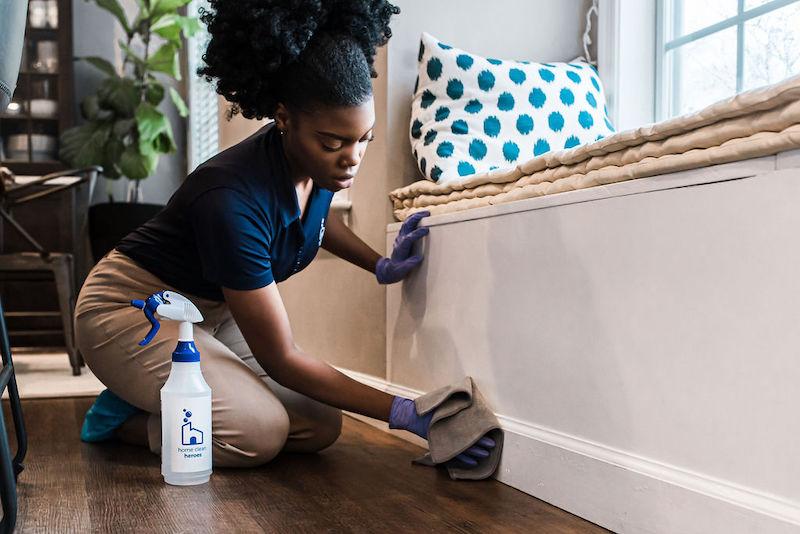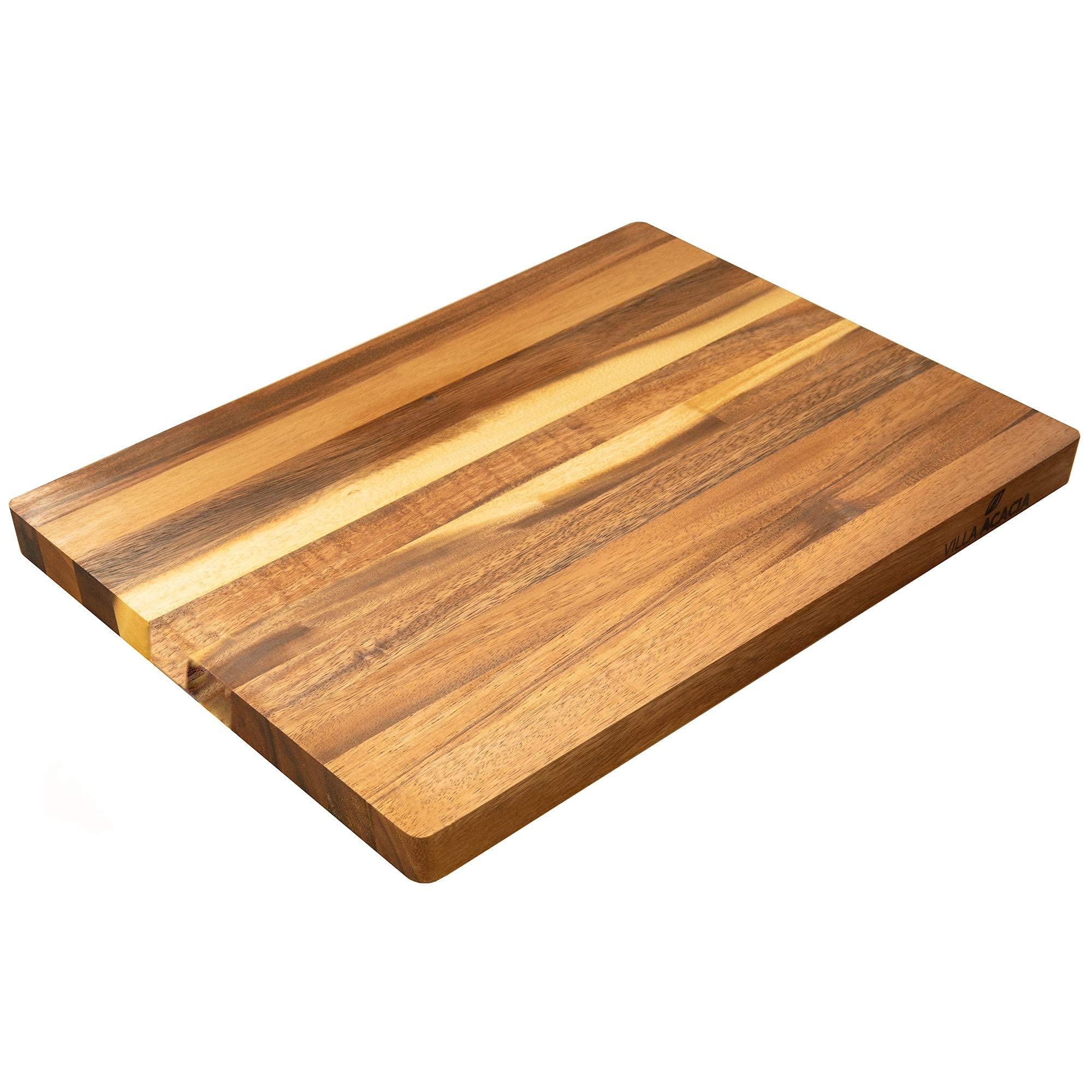Wooden cutting boards are not only a staple in many kitchens, but they also possess a unique charm that elevates the culinary experience. Their warm hues and natural textures make them a preferred choice among chefs and home cooks alike. However, the beauty and functionality of these kitchen essentials depend significantly on how well they are maintained. Proper care is crucial for preserving the integrity of the wood, preventing warping, and ensuring hygiene. In this article, we will explore essential tips for maintaining wooden cutting boards, providing you with the knowledge needed to keep these valuable tools in optimal condition for years to come. From cleaning and drying techniques to conditioning and storage practices, each guideline is designed to help you appreciate the longevity and durability of your wooden cutting board.
Table of Contents
- Understanding the Importance of Regular Cleaning and Sanitization
- Selecting the Right Oils for Conditioning Wooden Cutting Boards
- Techniques for Effective Scraping and Repairing Surface Cuts
- Storing Wooden Cutting Boards to Prevent Damage and Warping
- Closing Remarks
Understanding the Importance of Regular Cleaning and Sanitization

Regular cleaning and sanitization of wooden cutting boards is crucial in maintaining both their aesthetic appeal and functional integrity. Over time, food particles and bacteria can accumulate in the wood’s crevices, leading to unsanitary conditions and potential health risks. Using hot, soapy water to wash the board immediately after use not only helps in removing residue but also prevents the wood from absorbing strong odors and stains. After washing, it’s essential to dry the board thoroughly. Moisture can warp or crack the wood, compromising its durability and usability.
In addition to routine cleaning, periodic sanitization plays a vital role in prolonging the life of your wooden cutting board. There are various effective methods to achieve this, including:
- Using a mixture of vinegar and water: This natural solution can effectively kill bacteria and odors.
- Employing a food-safe mineral oil: Regularly conditioning your board with mineral oil not only helps to moisture-proof the wood but also rejuvenates its appearance.
- Applying baking soda paste: Mixing baking soda with water creates a gentle abrasive cleaner that eliminates deep-set stains.
By adopting these cleaning routines, you can maintain a safe and pleasant cooking environment while ensuring your cutting board remains a staple in your culinary endeavors.
Selecting the Right Oils for Conditioning Wooden Cutting Boards

Choosing the appropriate oils for conditioning your wooden cutting boards is essential for maintaining their beauty and functionality. The right oil not only protects the wood from drying out and cracking but also helps in preventing the absorption of odors and bacteria. Look for food-safe options specifically designed for wood surfaces. Here are some excellent choices:
- Mineral oil – A widely used option, mineral oil is affordable and effective at keeping wood hydrated.
- Beeswax – Often blended with mineral oil, beeswax creates a protective layer that enhances the board’s sheen.
- Fractionated coconut oil – This oil penetrates the wood well while also providing antibacterial properties.
When selecting an oil, it’s crucial to avoid products that contain additives or those that are not considered food-safe. Oils like olive or vegetable oil can go rancid, leading to unpleasant odors and potential health hazards. To simplify your decision-making, refer to the table below for a quick comparison of different oils:
| Oil Type | Food-Safe | Benefits |
|---|---|---|
| Mineral Oil | Yes | Inexpensive, widely available |
| Beeswax | Yes | Long-lasting protection, natural sheen |
| Fractionated Coconut Oil | Yes | Antibacterial properties, lightweight feel |
| Olive Oil | Yes | Flavor enhancer but prone to rancidity |
| Vegetable Oil | Yes | Commonly used but also goes rancid |
Techniques for Effective Scraping and Repairing Surface Cuts
To ensure the longevity of your wooden cutting boards, it’s crucial to employ effective scraping techniques whenever surface cuts appear. Start by utilizing a flexible plastic scraper or a metal spatula. Lightly run the scraper over the surface to remove any food residue and minor scratches without damaging the wood. In cases of deeper cuts, consider employing fine-grit sandpaper; choose a sanding block to maintain even pressure. Lightly sand the affected area, always following the grain of the wood to avoid creating unsightly scratches. Remember to wipe away any dust particles with a damp cloth before applying treatments.
For repairing more severe cuts, a food-safe mineral oil or beeswax mixture can be extremely beneficial. After sanding down the cuts, apply the mixture generously across the board’s surface, allowing it to soak in for at least 15 minutes. Then, wipe off any excess with a clean cloth. Regularly maintaining this process not only enhances the board’s appearance but also provides a protective barrier against moisture and bacteria. Here’s a quick table to summarize these techniques:
| Technique | Description |
|---|---|
| Scraping | Use a plastic scraper or metal spatula to remove residue and smooth minor scratches. |
| Sanding | Employ fine-grit sandpaper with a sanding block following the wood grain. |
| Oiling | Apply a food-safe mineral oil or beeswax mixture for protection and enhancement. |
Storing Wooden Cutting Boards to Prevent Damage and Warping
To ensure the longevity of your wooden cutting boards, proper storage is key. Keeping them in a dry, well-ventilated area is crucial to prevent moisture buildup, which can lead to warping and mold. When storing, avoid placing them in direct sunlight or near heat sources, as these conditions can cause the wood to dry out unevenly. Instead, opt for a dedicated space, such as a cabinet or a countertop rack designed for cutting boards. Be sure to position the boards vertically when possible, as this allows air to circulate freely, minimizing the risk of warping.
When stacking multiple boards, it’s important to place a protective layer between them to prevent scratching or denting. You can use a soft cloth or a piece of parchment paper for this purpose. Additionally, consider these tips for optimal storage:
- Keep them clean: Ensure your boards are thoroughly dried after washing to eliminate any moisture.
- Avoid overcrowding: Give each board sufficient space to breathe, reducing the likelihood of pressure-induced damage.
- Regular inspections: Check your boards periodically for signs of wear or warping, allowing for early intervention.
Closing Remarks
the longevity and functionality of wooden cutting boards greatly depend on the care and maintenance practices you choose to adopt. By understanding the importance of cleaning, oiling, and proper storage, you can ensure that your cutting board not only remains a staple in your kitchen but also retains its natural beauty and resilience over time. Regular maintenance not only prevents the warping and cracking that can occur with neglect but also ensures a safe, hygienic surface for food preparation.
As you incorporate these essential tips into your kitchen routine, remember that a well-cared-for wooden cutting board is more than just a tool; it is an investment in quality culinary experiences. With diligence and attention, your board will continue to serve you effectively, embodying both functional craftsmanship and the warmth of natural wood in your culinary adventures for years to come.



